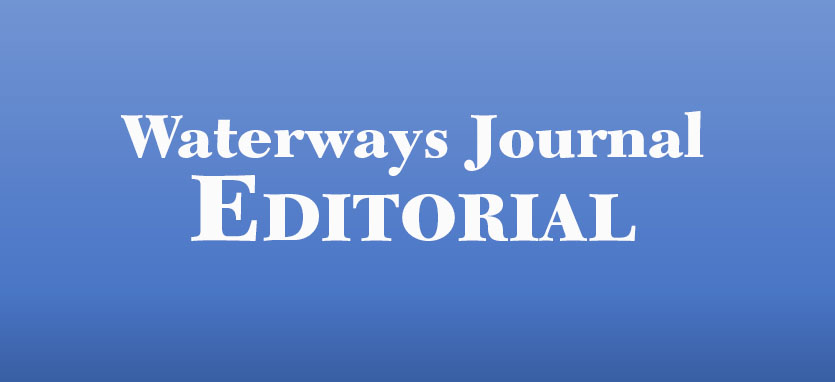Thanks to another injection of funds from the Bipartisan Infrastructure Act, some major waterways projects are 100 percent fully funded to completion in the latest Corps of Engineers work plan. These include the Three Rivers Project in Arkansas and Chickamauga Lock in Tennessee. The “navigation” portion of the Navigation and Ecosystem Sustainability Program, which is adding 1,200-foot lock chambers to outdated locks on the Upper Mississippi and Illinois rivers, also got $75 million. The full federal funding of four projects saved the Inland Waterways Trust Fund about $160 million.
In the recently concluded FreightWeek event in St. Louis, freight and logistics experts spoke about drivers of freight expansion. A logistics expert from Washington University said companies are seeking to pull in their supply chains and locate manufacturing closer to customers.
The COVID crisis exposed a lack of resiliency in transport systems. The just-in-time business model emphasized short-term efficiency at the expense of resiliency.
This left companies poorly prepared to cope with supply and demand shocks resulting from COVID, as well as other logistics shocks. Climate challenges like the water shortages in the Panama Canal are becoming more common. Events like the temporary closure of the Suez Canal, the collapse of the Key Bridge in Baltimore and geopolitical shocks like the Russia-Ukraine war left supply chains scrambling.
Resiliency means being able to switch modes and routes as needed, and that increases the importance of inland waterways. As Marty Hettel, ACBL vice president of government relations, noted in another FreightWeek panel discussion, barges may not be able to go where trucks and railcars can, but trucks and railcars can’t carry the tonnage of barges. All the modes need each other, and all need to build in resiliency. The latest waterways investments in the work plan are positive steps towards that goal.




